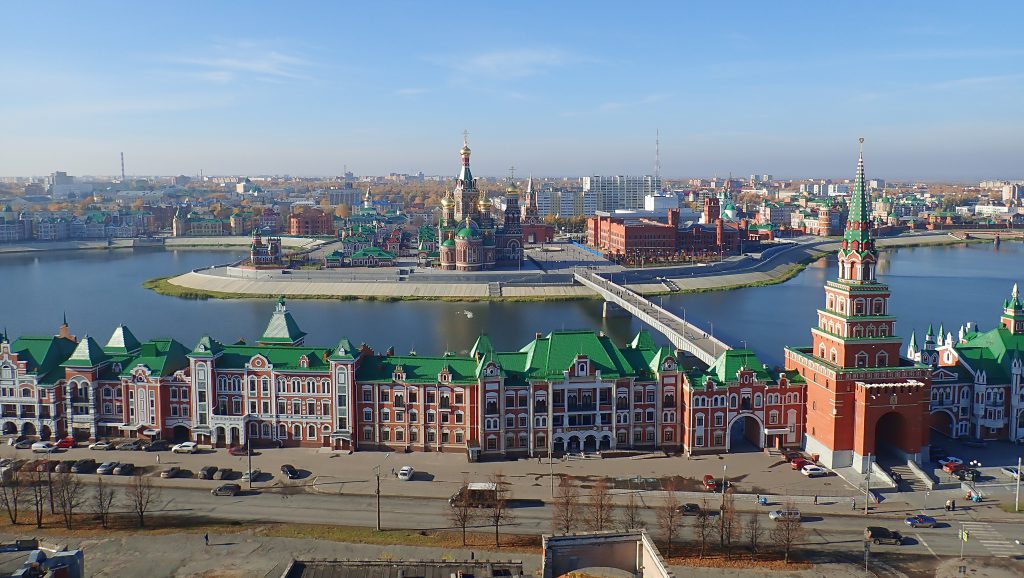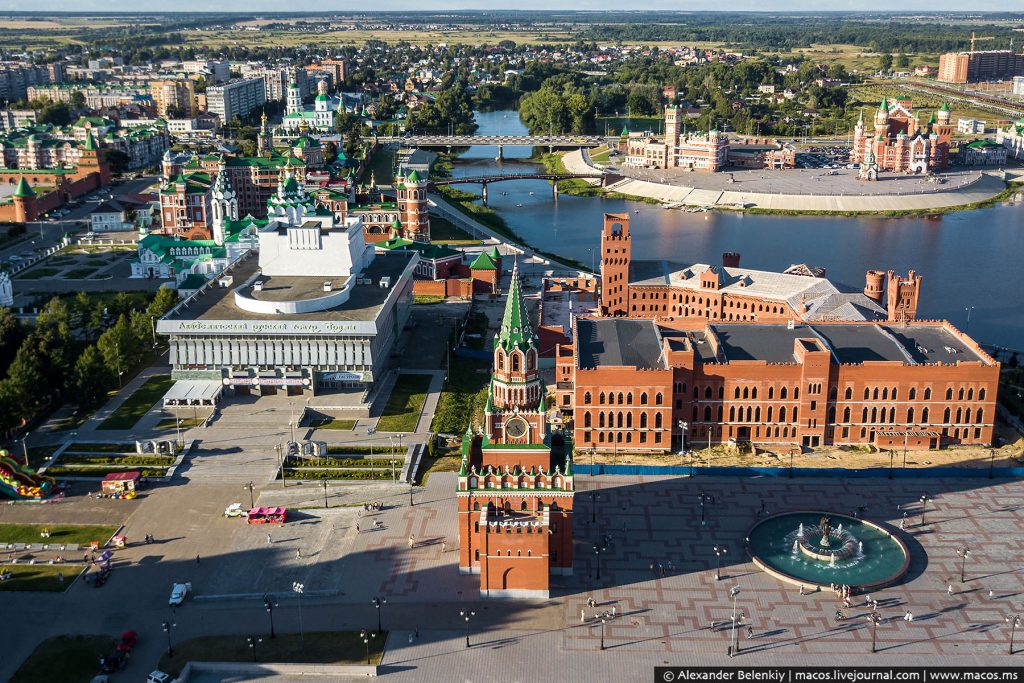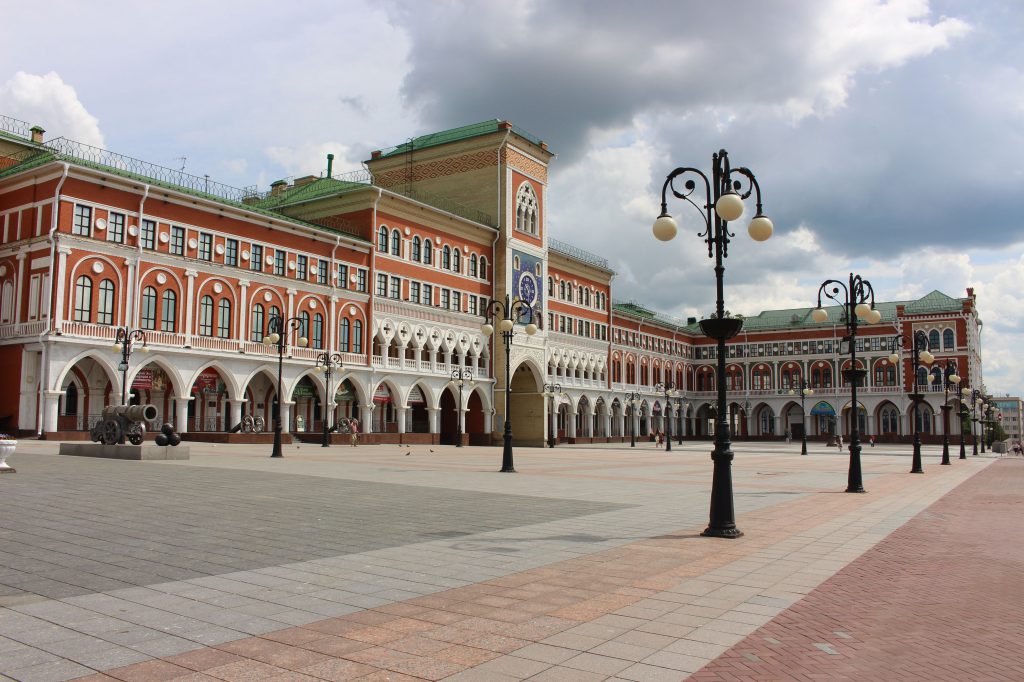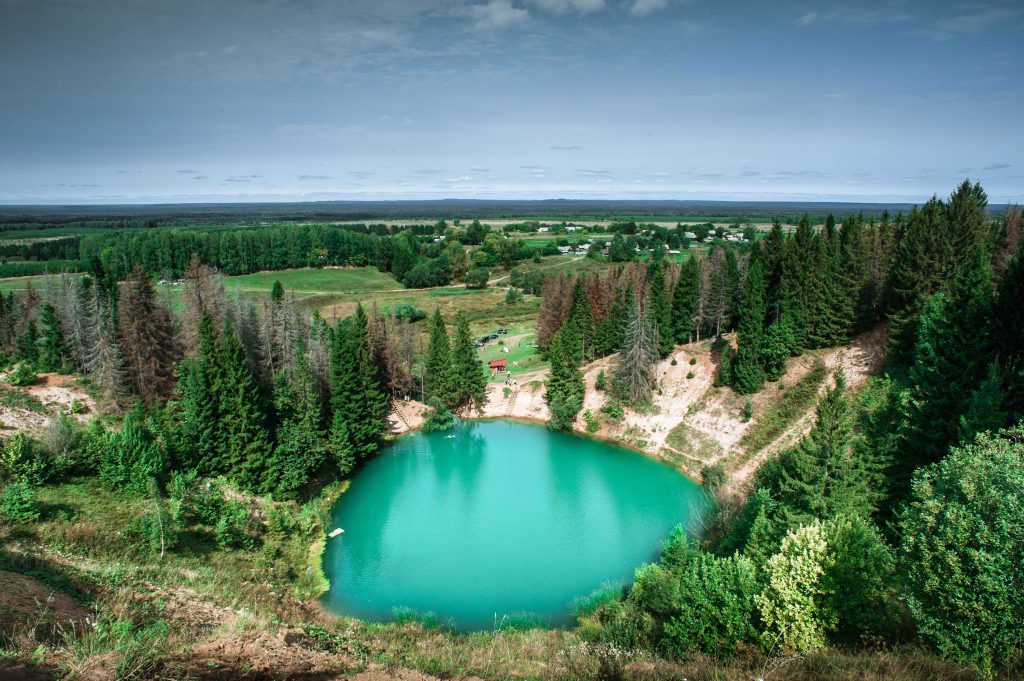Cultural heritage of Yoshkar-Ola reflects various historical periods of formation of the city, from the early stages of urban development of the 18 centuries to the buildings constructed in the middle of the 20 centuries.
On the territory of Yoshkar-Ola there are several specially protected natural areas: Botanical Garden-Institute of Volga State University of Technology, pine grove, oak grove.
There are four parks in Yoshkar-Ola. The main one is the Central Park of Culture and Rest.
Yoshkar-Ola is a city in Russia, the capital of the Republic of Mari El, located on the banks of the Malaya Kokshaga River. It is a major diversified industrial, cultural and scientific center of the republic, one of the centers of culture of Finno-Ugric Peoples.
History
Until the middle of the 16 centuries, this territory populated by Mari was part of the Khanate of Kazan. In October 1552, Russian Tsar Ivan the Terrible annexed the land of the Kazan Khanate to the Russian kingdom.
In the 18 centuries, the first stone houses and industrial enterprises, five churches were built. Tsarevokokshaisk gradually turned into a trade, economic and cultural center of the Mari region.
February 17, 1919, Tsarevokokshaisk was renamed Krasnokokshaisk. January 25, 1928, Krasnokokshaisk received a Mari national name – Yoshkar-Ola.
Average temperature
-12+19
Road transport
Located about 760 km of Moscow.
Air transport
Moscow – Yoshkar-Ola – 1h25m








